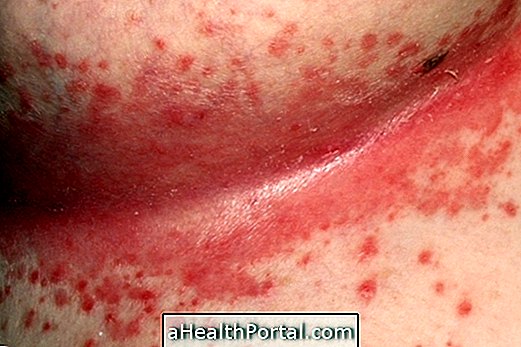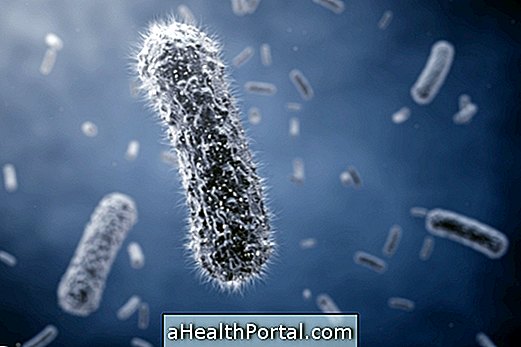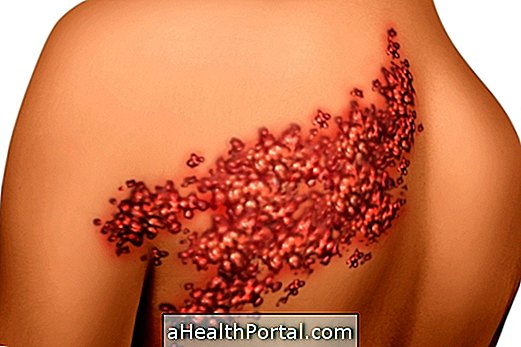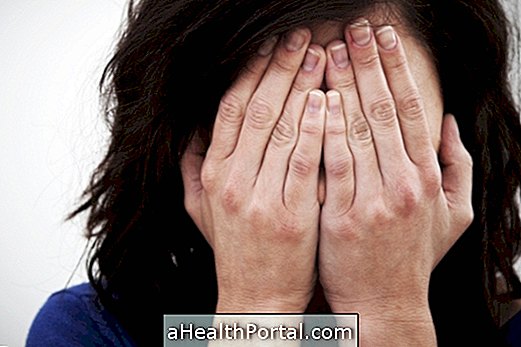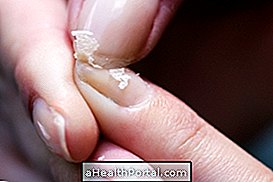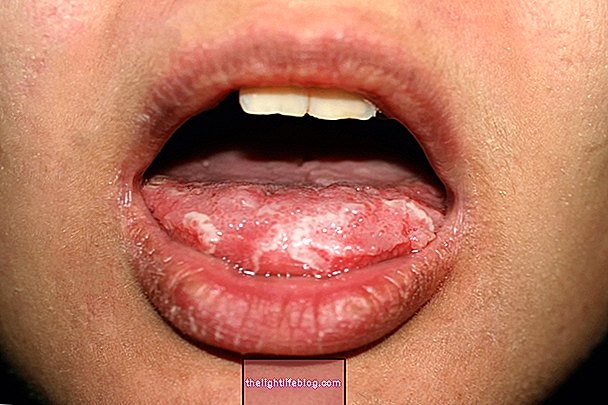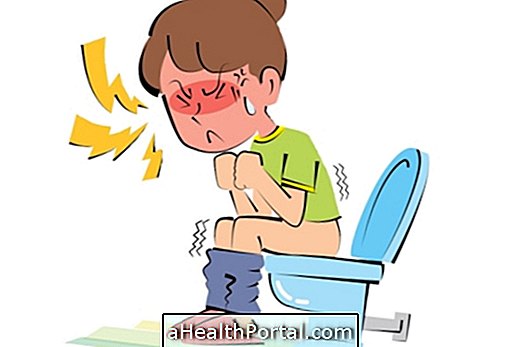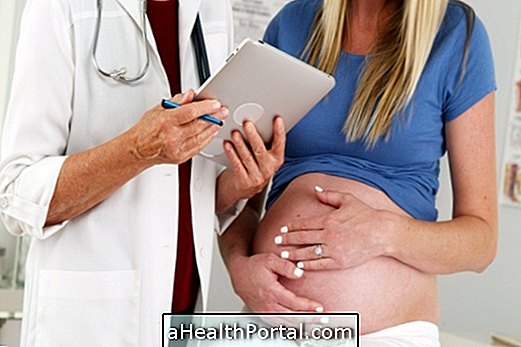Meningitis C, also called meningococcal meningitis, is a type of bacterial meningitis caused by the bacterium Neisseria meningitidis and can be fatal if not treated correctly. Learn more about meningococcal meningitis.
This disease can occur at any age, being more frequent in children under 5 years of age, and has flu-like symptoms, which may make it difficult to diagnose and initiate treatment, increasing the likelihood of sequelae such as deafness, amputation and brain injuries.
Transmission of meningitis can occur through coughing and sneezing, for example, causing the bacteria to spread in the air and infect others. Thus, the best way to prevent against meningitis is to avoid contact with infected people and to take the C meningitis vaccine in the first months of life.

Main symptoms
Symptoms of meningitis are similar to those of a flu, but if the person has neck stiffness and therefore difficulty to bend the neck, it is important to see a doctor, as this is indicative of meningitis. Other symptoms of the disease are:
- High fever;
- Headache;
- Spots on the skin;
- Mental confusion;
- Sore throat;
- Vomiting;
- Joint pain;
- Photophobia;
- Somnolence.
In addition, purple spots on the skin that may be large or small that can spread rapidly through the body with disease progression may be seen.
Symptoms of C meningitis occur between 2 and 10 days after the person's contact with the bacteria, however the order and intensity of the symptoms varies according to the person, which can make diagnosis difficult and delay the start of treatment.
How Transmission Happens
The transmission of meningitis C occurs through direct contact with the respiratory secretions or feces of a person infected by the bacterium Neisseria meningitidis . In this way, cough, sneeze, and saliva are ways of transmitting the bacteria. It is recommended to avoid sharing cutlery, glasses and clothes with infected people.
The habit of washing your hands often or using alcohol gel to keep them clean can help reduce the likelihood of infection.
People who have been around people with C meningitis need to seek care from a health care provider to receive a preventive medication.
Diagnosis of Meningitis C
The initial diagnosis of meningitis C is made by the infectologist or neurologist from the analysis of the symptoms. Confirmation, however, can only be made through laboratory tests such as hemogram, lumbar puncture and analysis of cerebrospinal fluid (CSF) or CSF, in which the presence of Neisseria meningitidis is investigated .
After the examination, the doctor can confirm the disease and, as a result, prepare an intervention plan as quickly as possible in order to avoid possible complications. See what are the sequelae of meningitis.
How is the treatment done?
The treatment for meningitis C is done in a hospital environment, to avoid the spread of the bacterium, through intravenous antibiotics specific for the bacterium. In addition, it is recommended that the person remain at rest and be monitored intensively by the medical staff.
Treatment should be done as soon as possible to prevent serious epidemics and complications for the person.
Prevention of Meningitis C
The easiest and most effective way to prevent meningitis is from vaccination, which can be given from 3 months of age. The vaccine for this type of meningitis is called Meningococcal Vaccine C and is available at health clinics. This vaccine lasts between 1 and 2 years and therefore should be taken booster in children up to 4 years and in adolescents between 12 and 13 years. Learn more about the vaccine that protects you from meningitis.
The adverse effects of this vaccine are usually brief and mild, such as pain, swelling and redness at the site of application, in addition to low fever.
In addition to vaccination, it is important to avoid contact with infected people, wash hands often and avoid sharing food and personal belongings.
